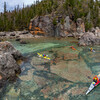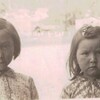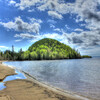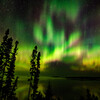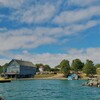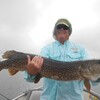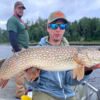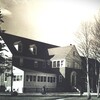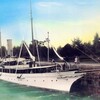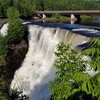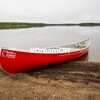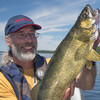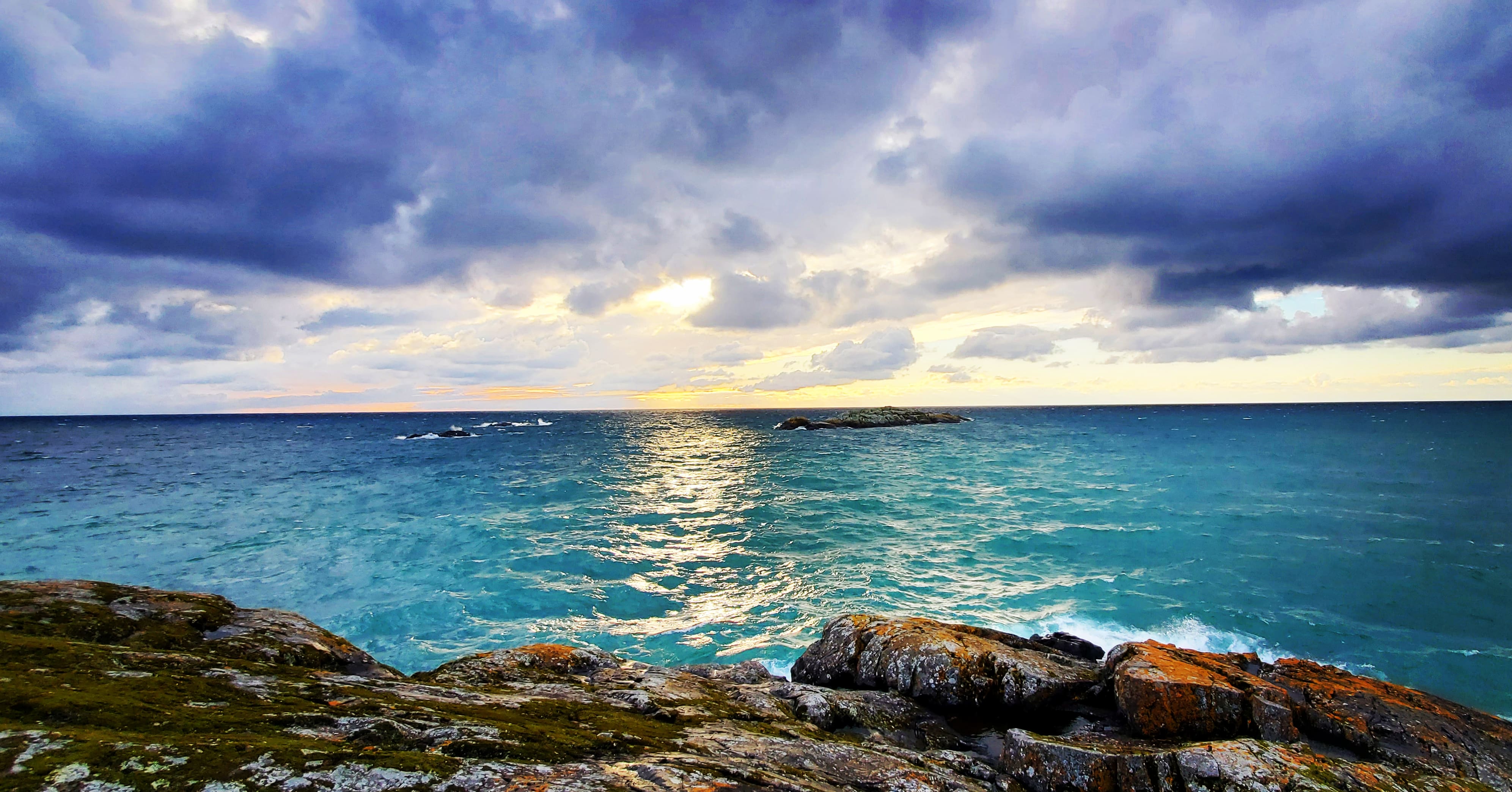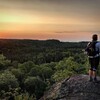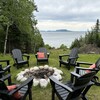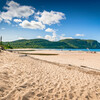
A Visit to the Norval Morrisseau Monument
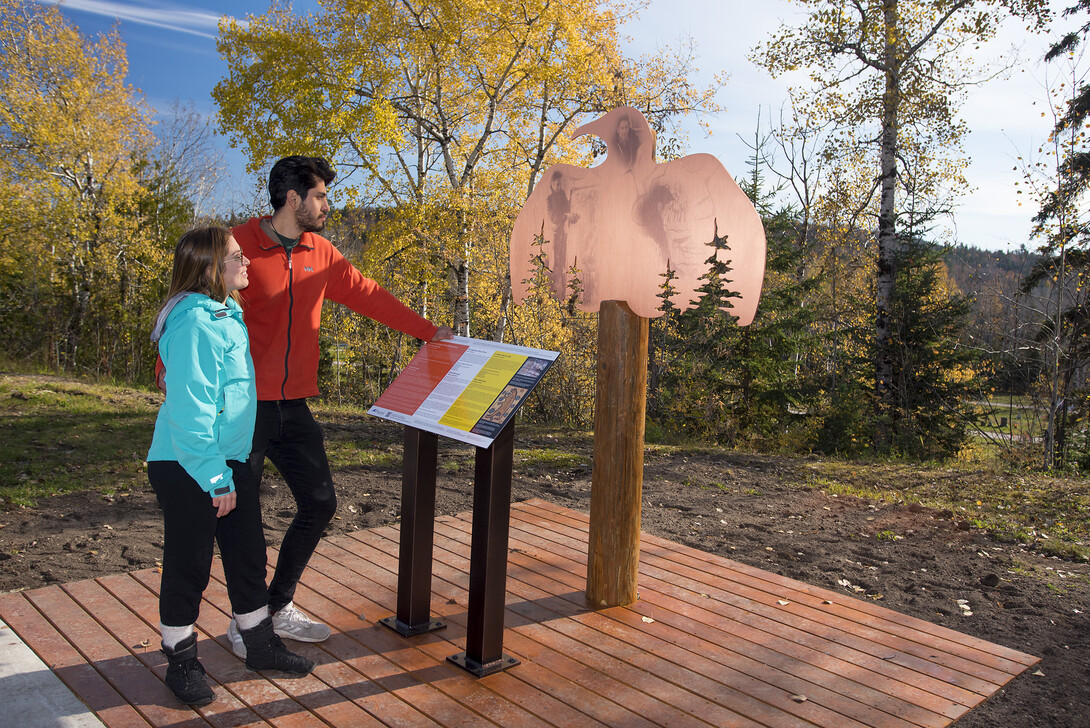
The rugged beauty of Lake Superior and the dramatic flat-topped rocky headlands of the Nipigon area are reason enough to visit this picturesque Northern Ontario town, but the news of a recently unveiled monument to famous Indigenous artist, Norval Morrisseau, seals the deal for a late October road trip to Nipigon.

I jump in the truck with my daughter, Islay, and her friend, Andres. As we drive below the towering cliffs that skirt the cusp of Lake Superior, I share what little I know about this legendary artist. Like anyone familiar with Indigenous art, for me the name Norval Morrisseau conjures up images of large and colourful paintings reminiscent of ancient rock pictographs. Morrisseau was the first to take traditional Indigenous icons and turn them into vivid images with paint and canvas. Through the 1960s he became celebrated as the founder of what became the Woodland style of painting. It is a genre that has inspired generations of First Nations artists. What I don’t know is his connection to the Nipigon area.
The Nipigon Connection
Standing on a rise overlooking the town of Nipigon is a stylized bird with photos of Norval Morrisseau printed within the wings and body. Below is an interpretive panel with information on the artist. Compared to Morrisseau’s vibrant paintings, the monument is decidedly understated. Wrought of copper and shaped as a Thunderbird, the monument is inspired by Morrisseau’s spirit name, Copper Thunderbird.
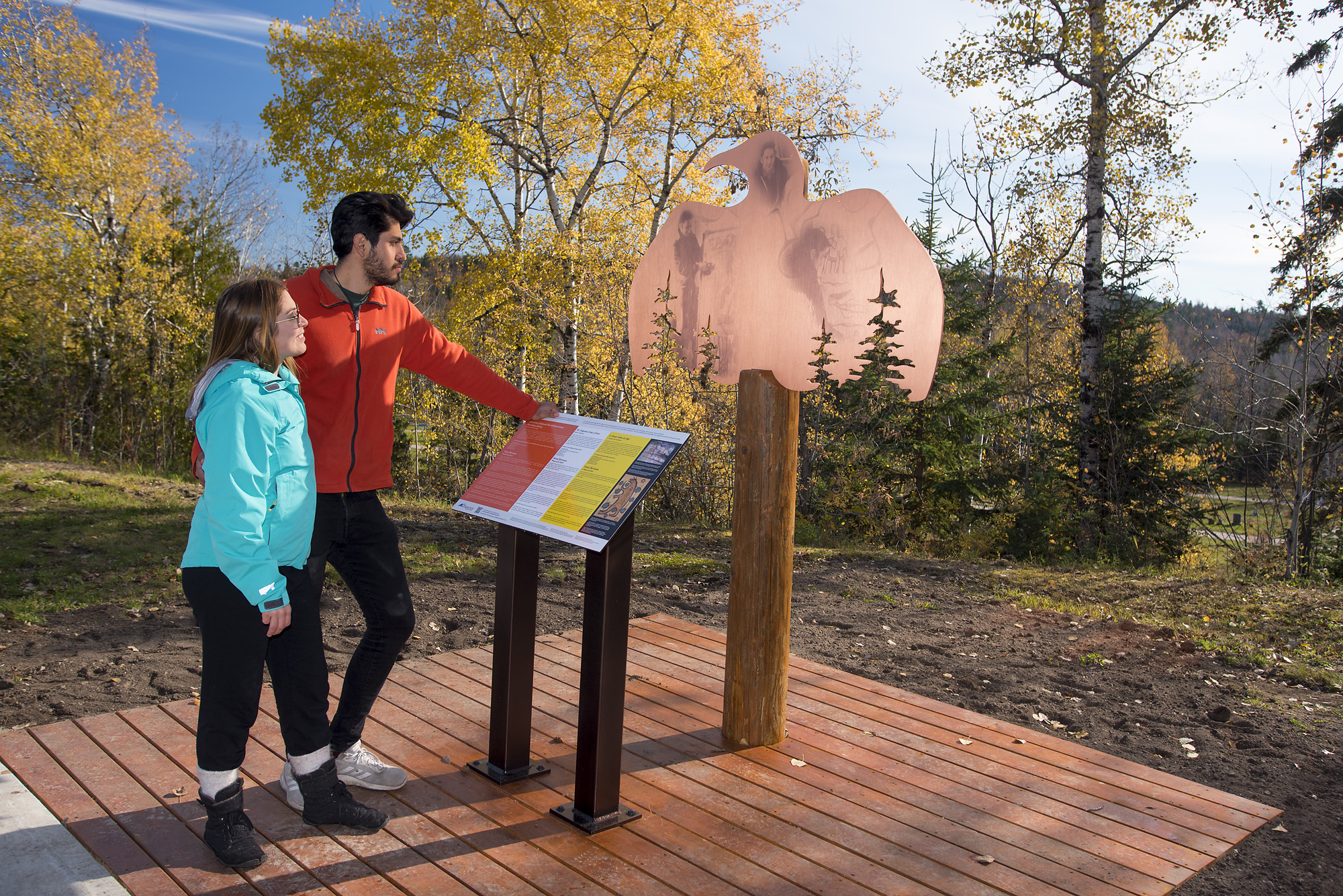
Morrisseau spent his formative years at Sand Point First Nation, just north of the monument site where Lake Nipigon funnels into the Nipigon River. Here he learned hunting and trapping from his grandfather. According to Morrisseau biographer Armand Ruffo, the young man once fell ill and when modern medicine failed to cure him a traditional healer was called. As part of the healing process she fell into a dream state and awoke speaking of the young man’s power and gave Morrisseau the spirit name Copper Thunderbird. Throughout his career he signed all his paintings with his spirit name, which was given to him on the shores of Lake Nipigon.
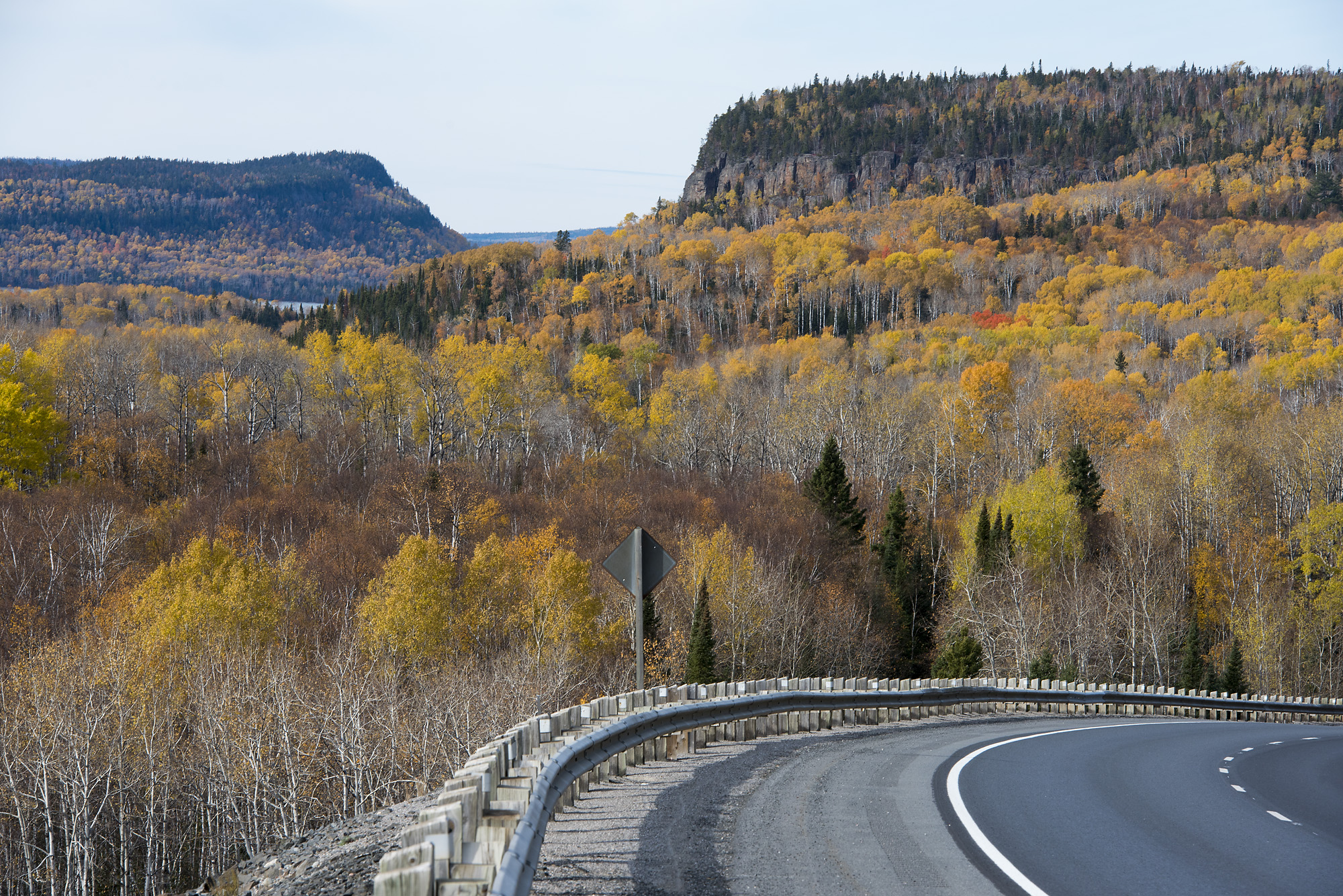
It was in the Nipigon area where the young Morrisseau started making drawings of the prehistoric rock art and other iconic images he had been shown by his grandfather on birch bark scrolls. Although elders frowned on using their cultural images as subjects, Morrisseau forged ahead to create his own unique interpretations of Indigenous spiritual beliefs and wisdom with paint and canvas.
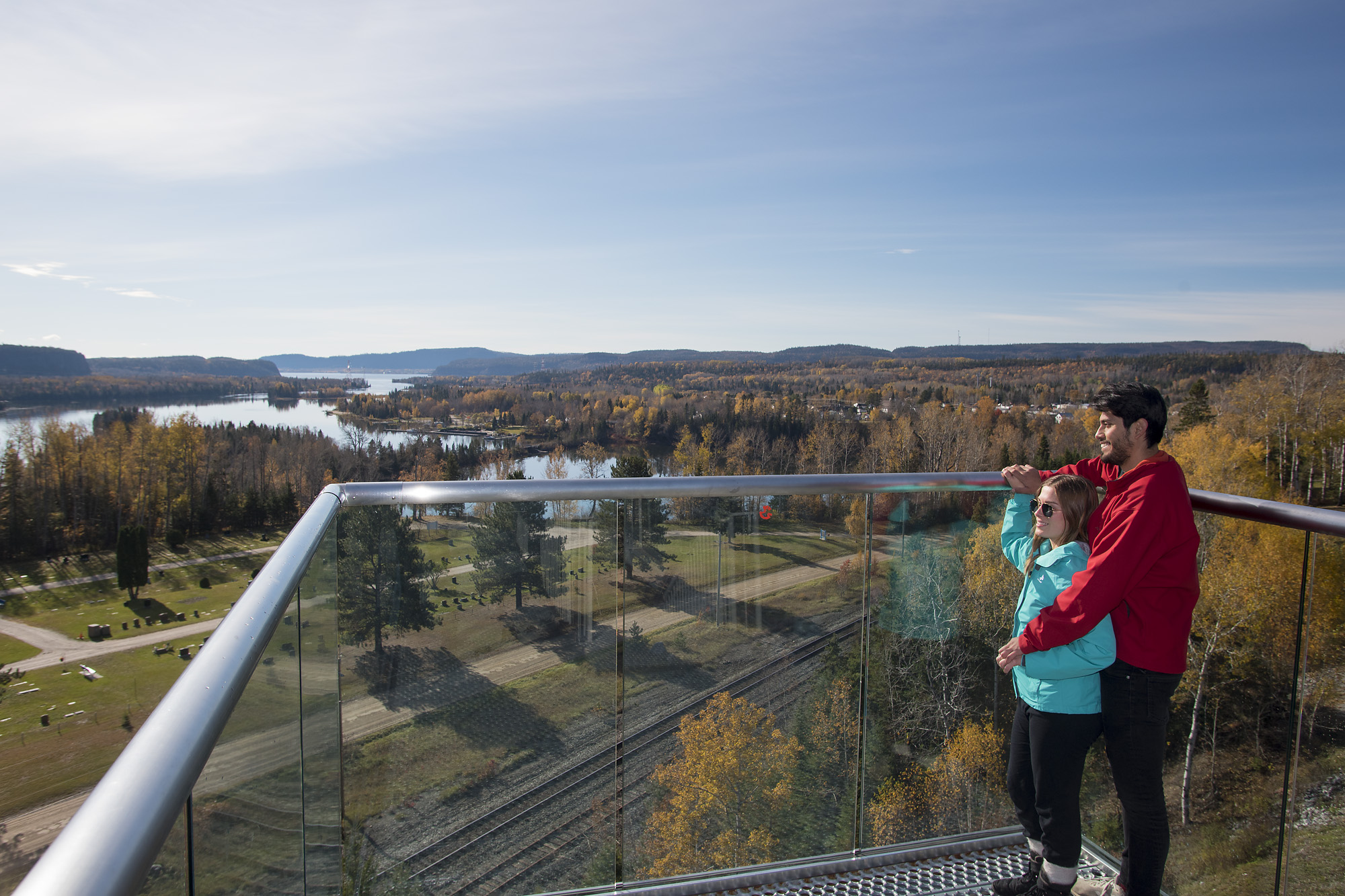
The value of his work went largely unrecognized until Toronto gallery owner, Jackson Pollock, was convinced to visit Morrisseau in Northern Ontario. The result of that visit was an art show in Toronto in 1962. Every painting sold and the Woodland style of art was born. In the early 1970s, Morrisseau joined six other artists to establish the Professional Native Indian Artists Inc., also known as the Indigenous Group of Seven. This group worked toward acceptance in the art world and paved the way for indigenous art to thrive today.
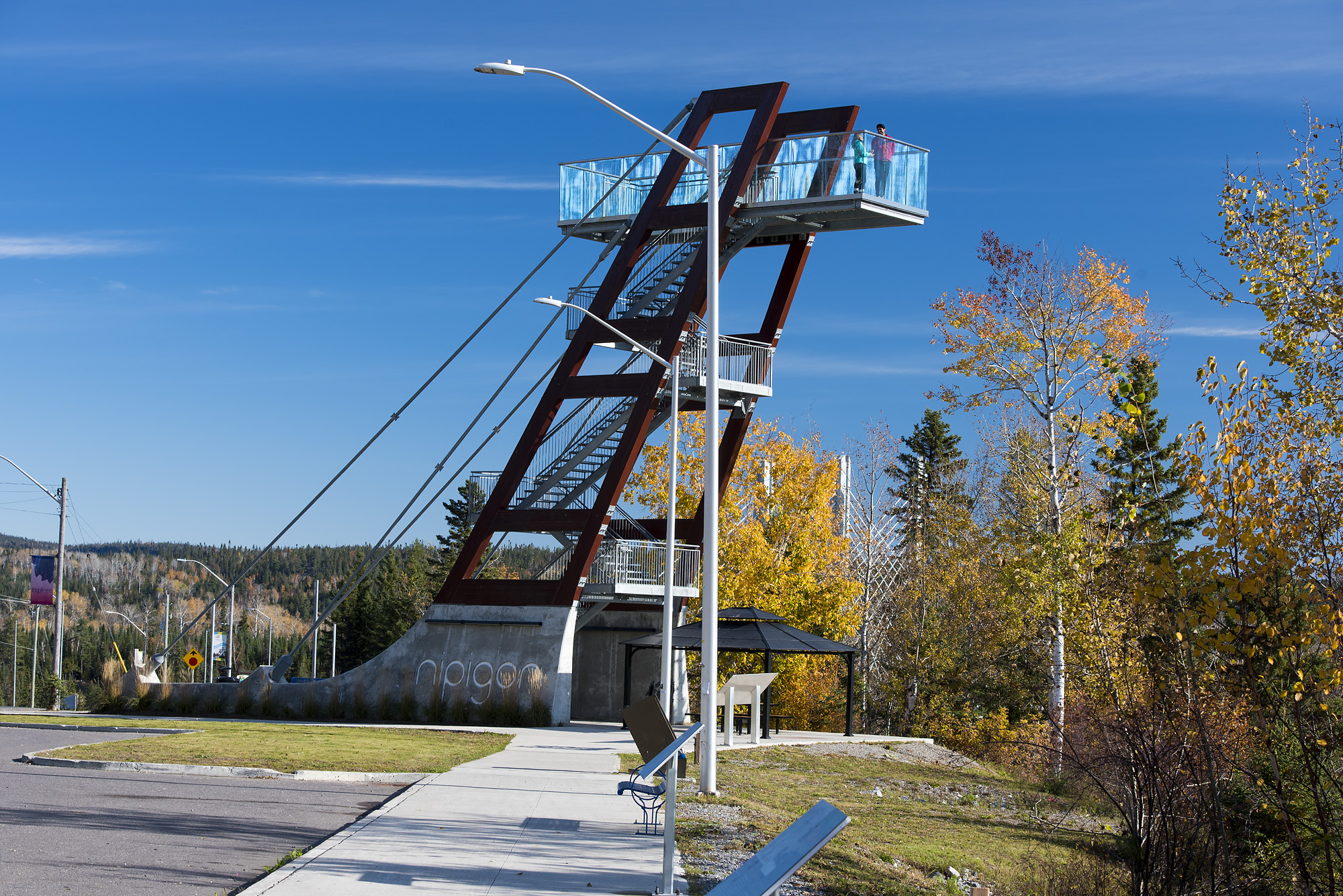
The Morrisseau monument was developed by Ontario’s Superior Country in partnership with members of Bingwi Neyaashi Anishinaabek First Nation and the estate of Norval Morrisseau. The monument is located in the shadow of the Bridgeview Lookout Tower. We climb the 65 stairs for a commanding view over the town of Nipigon, the Nipigon River, Lake Helen and Dog Head Mountain. As we soak in the scene before us, our newfound discovery of Norval Morrisseau’s place within this beautiful landscape adds another reason to road trip to this unique corner of Northern Ontario
Recommended Articles

10 Reasons to *NOT* Travel the Lake Superior Circle Tour
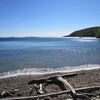
Canoeing the the Slate Islands near Terrace Bay
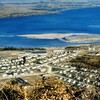
6 Amazing Facts About Red Rock, Ontario
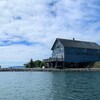
11 Things to Do in Silver Islet, Ontario

Incredible Fishing at Dog Lake Resort

Best Roadside Picnic Spots in Northern Ontario

A Father and Son Tradition at Miminiska Lake Lodge
Hikes, Bites and Sights on the North Shore of Lake Superior
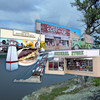
A Day Tripper's Guide to Nipigon

A Historic Lodge in Red Rock, Ontario
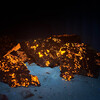
Hunting for Yooperlites Along Lake Superior
